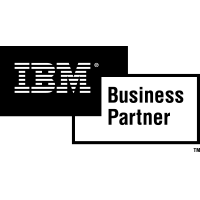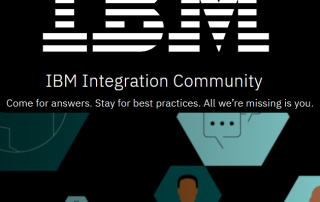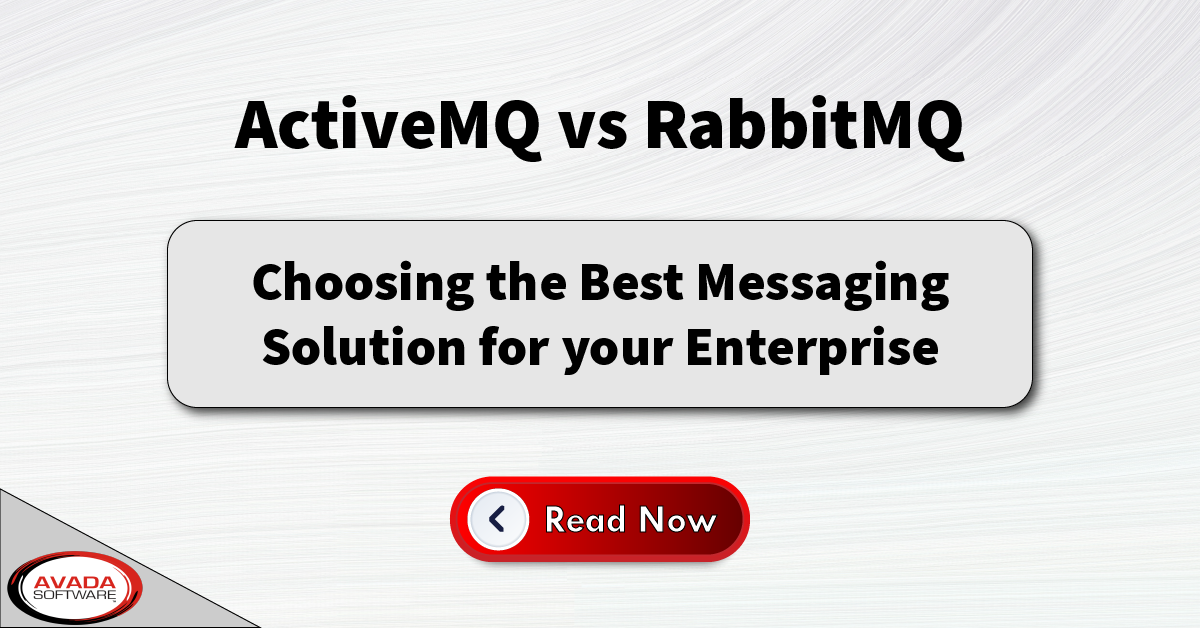by Natalie Miller
It’s an exciting time in IT as the world of technology continues to push the boundaries of what’s possible. The opportunities for promising developers in today’s market are vast, and for veterans in the field who remember the laborious days of yesteryear, the availability of new tools and innovations has led to more efficient and expedient development.
Experienced software engineer Steve Miller has been on the job for years and with Avada Software (www.avadasoftware.com) for the past four, supporting and developing its product, Infrared360. “My main role is to create new content and functionality for our customers based on their feedback and needs,” he says. “I don’t just immerse myself in the coding, design, and testing aspects. That is a lot of what I do, but I also get a chance to explore various tools, technologies, and methodologies that best support our efforts to create the best possible solution and end result.”
Insights Magazine sat down with Miller to talk about being a developer, and in this Q&A he discusses how far technology has come to better position the profession for success, how his experiences as a storm chaser and musician translate to his current job, and what makes working for Avada so unique.
Insights Magazine: What do you find intriguing about being a developer in today’s market? How does it differ from when you first started in the business?
Steve Miller: With the advent of the Internet, I’m kind of an older guy. In the mid-90s I started becoming really intrigued with web development, and I was doing a lot of things on my own. I knew IT was a career I really wanted to pursue as a profession. Thanks to the Y2K scare in the late 90s, they were practically digging up COBOL programmers from the grave and resurrecting them to write code. I say that tongue in cheek, but they were really desperate for coders.
That was my opportunity to jump in. There was a training program with a company to get my start as a mainframe programmer hacking out a ton of COBOL and JCL code. A lot of that was just changing two-digit years to four-digit years, but that was my foray into becoming a professional programmer. At the time, the client/server world was still in its infancy along with Java, which was a fledgling language at the time and is still coming into its own—and of course, web platforms like Servlets, JSPs, and Enterprise JavaBeans were starting to get noticed and be implemented into the industry. I still have my first books on those technologies, and I like to dust them off sometimes and flip through them—which feels like an archaeological study. When I look at them it really helps me put in perspective just how far our industry and technology has progressed, and it’s basically in terms of light years in the span of about 15 years.
That to me is really the most intriguing part of being a developer today versus my first foray into the client/server platforms. Today, we enjoy a wide variety of devices from desktops to mobile devices and even those you can wear on your wrist now like something out of a Dick Tracy comic book. Everything is plugged into the Internet, including your vehicle, your home, even your kids and your dog. Not too long ago my daughter went to a drug store, and they now have a walk-in clinic that’s managed by a registered nurse, but you interact with a doctor over the Internet who can reside pretty much anywhere in world. With the help of the on-site nurse who can do a full examination and run some basic tests, the doctor is able to assess the condition and prescribe a treatment. To me, that’s a benchmark in just how far we have progressed and where we are headed.
I could go on, but my point is that the progress has been nothing short of astounding just in the last 15 to 16 years. The intriguing aspect for a developer in today’s market is the myriad of tools and technologies that help us develop applications more efficiently. There are so many things you can do as a developer these days. It’s almost overwhelming the opportunities available out there for someone looking at a career as a developer.
Read the rest of the Q&A as originally published by Insights Magazine.
























